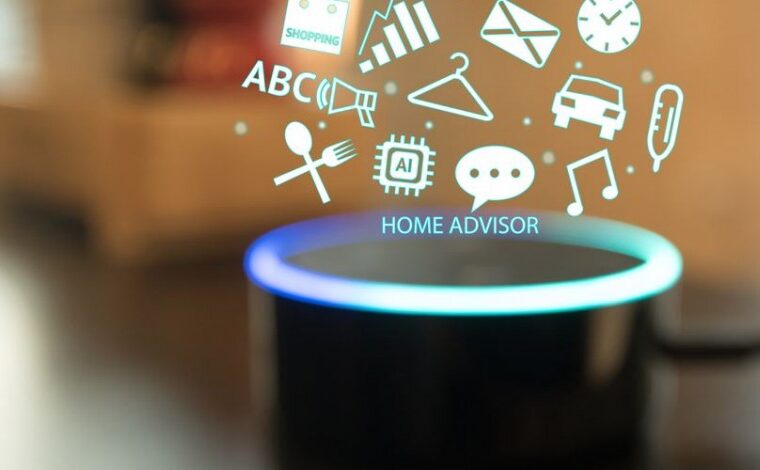Let’s Get ‘Phygital’: Can Virtual Reality Save Brick-and-Mortar Retail?

Yes it can, but it will take a whole lot more than VR:
Retail must get Phygital
Towards the end of 2015, I saw a connection between Virtual Reality (VR) and the falling foot traffic of brick-and-mortar retailers nationwide. It’s no secret that retailers have been fighting a losing battle with the digital shopping experience 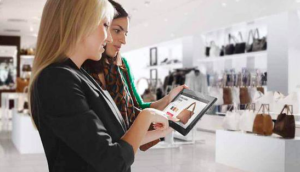 and the online world. Terms like ‘omnichannel’ and ‘seamless engagement’ and ‘showrooming’ became buzzwords as the industry struggled to inject mobile technology and apps into their portfolio. From kiosks to tablets to beacons to mobile POS, technologies were off and running in several new directions at the store level, trying to polish that in-store retail experience that would bring shoppers back thru their doors. While some retailers forged into ecommerce, some even abandoning their physical outlets; others embraced the change. They had to find a way to bring the online experience and advantages into their store. They needed customers to visit their physical stores, not just their webpage and online store. Surely there must be a way to keep both. That’s where Virtual Reality and the ‘phygital’ experience come in.
and the online world. Terms like ‘omnichannel’ and ‘seamless engagement’ and ‘showrooming’ became buzzwords as the industry struggled to inject mobile technology and apps into their portfolio. From kiosks to tablets to beacons to mobile POS, technologies were off and running in several new directions at the store level, trying to polish that in-store retail experience that would bring shoppers back thru their doors. While some retailers forged into ecommerce, some even abandoning their physical outlets; others embraced the change. They had to find a way to bring the online experience and advantages into their store. They needed customers to visit their physical stores, not just their webpage and online store. Surely there must be a way to keep both. That’s where Virtual Reality and the ‘phygital’ experience come in.
What exactly is Virtual Reality (VR)?
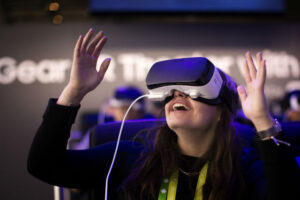 Virtual Reality is defined as the computer-generated simulation of a three-dimensional image or environment that can be interacted with in a seemingly real or physical way by a person using special electronic equipment, such as a helmet with a screen inside or gloves fitted with sensors. You may hear the term and immediately think of video gaming or a Sci-Fi movie. Surely this was “Back to the Future” stuff. Well, an article I read in October of 2015, originally sparked my interest of how VR could be used as a shopping tool, not just entertainment and fluff. I thought that perhaps VR could be the savior of brick-and-mortar retail. Then, recently, I saw two stories that made me revisit the subject.
Virtual Reality is defined as the computer-generated simulation of a three-dimensional image or environment that can be interacted with in a seemingly real or physical way by a person using special electronic equipment, such as a helmet with a screen inside or gloves fitted with sensors. You may hear the term and immediately think of video gaming or a Sci-Fi movie. Surely this was “Back to the Future” stuff. Well, an article I read in October of 2015, originally sparked my interest of how VR could be used as a shopping tool, not just entertainment and fluff. I thought that perhaps VR could be the savior of brick-and-mortar retail. Then, recently, I saw two stories that made me revisit the subject.
Brick-and-Mortar retail’s falling foot traffic
First, I saw this article, ‘Declining store traffic is killing top brands’, that further confirmed the slow death of brick-and-mortar retail. Nothing new to see here as it has been heralded for years that savvy consumers were using the  internet and online stores to get the best prices, that were almost always online. Showrooming, or the practice of visiting a store in order to examine a product before buying it online at a lower price, seemed to be the shopper’s best friend but not that of the store manager who saw their sales drop. As shipping costs began to drop or disappear completely from some online retailers, people began to appreciate, not just the lower prices but the convenience of not having to deal with crowds, especially during high traffic periods. All of these factors combine to lower foot traffic. At least the practice of showrooming still brought the shoppers into the store, now retailers had to figure out how to keep them, and their dollars, there to complete the sale.
internet and online stores to get the best prices, that were almost always online. Showrooming, or the practice of visiting a store in order to examine a product before buying it online at a lower price, seemed to be the shopper’s best friend but not that of the store manager who saw their sales drop. As shipping costs began to drop or disappear completely from some online retailers, people began to appreciate, not just the lower prices but the convenience of not having to deal with crowds, especially during high traffic periods. All of these factors combine to lower foot traffic. At least the practice of showrooming still brought the shoppers into the store, now retailers had to figure out how to keep them, and their dollars, there to complete the sale.
Creating a Phygital experience
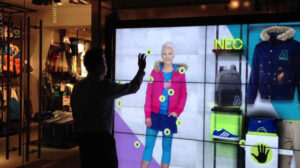 Then, as if by providence, I saw an article offering ways that retailers might adapt and become ‘internet proof’ by focusing on the ‘phygital’, or a convergence of the digital and the physical customer experience. This sounded a lot like my idea of VR being the saving grace of brick-and-mortar retail. I decided to revisit the idea. The article offered many solutions incorporating beacon technology, VR, holograms, and other interactive tech. I was ahead of the curve. Regarding the subject of VR and retail, the first thought one has is to create an environment and technology at the store level to use VR to allow shoppers to envision perhaps furniture and trappings staged in a room or an outfit they want to wear/buy. It can be a kiosk type experience or a real consultative session like in a high-end store (I believe some clothing stores offer VR as a way to come and view their latest fashion show as if you were there).
Then, as if by providence, I saw an article offering ways that retailers might adapt and become ‘internet proof’ by focusing on the ‘phygital’, or a convergence of the digital and the physical customer experience. This sounded a lot like my idea of VR being the saving grace of brick-and-mortar retail. I decided to revisit the idea. The article offered many solutions incorporating beacon technology, VR, holograms, and other interactive tech. I was ahead of the curve. Regarding the subject of VR and retail, the first thought one has is to create an environment and technology at the store level to use VR to allow shoppers to envision perhaps furniture and trappings staged in a room or an outfit they want to wear/buy. It can be a kiosk type experience or a real consultative session like in a high-end store (I believe some clothing stores offer VR as a way to come and view their latest fashion show as if you were there).
While this has opened a whole Pandora’s Box of innovative ideas at the store level, I believe forward thinkers may leapfrog to a platform that is similar, but is set up at the MALL level. A kiosk that allows one to visit several stores and products and use VR and other ‘phygital’ apps to mix, match, try, and purchase. So, while many are drooling over the store-level, or brick-and-mortar,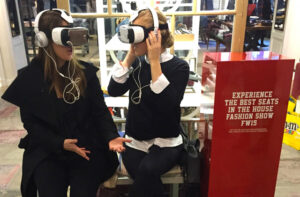 idea of incorporating VR and phygital apps, I think moving it even bigger so that folks visit ‘malls’ and can achieve their shopping experience from multiple vendors at once, using VR, holograms, or just kiosks is the future. Imagine purchasing an outfit from several different stores but ‘seeing’ it together or even on you by way of VR or holograms. Could that be cool enough to bring shoppers to the stores? I think so. The riskiest part of the whole business is incorporating the payment piece. It’s all about breaking down those barriers between channels but also keeping some kind of security/risk/fraud protections. This will be a constant push and pull in technology of all kinds in the future. The fight between seamless and safe transactions.
idea of incorporating VR and phygital apps, I think moving it even bigger so that folks visit ‘malls’ and can achieve their shopping experience from multiple vendors at once, using VR, holograms, or just kiosks is the future. Imagine purchasing an outfit from several different stores but ‘seeing’ it together or even on you by way of VR or holograms. Could that be cool enough to bring shoppers to the stores? I think so. The riskiest part of the whole business is incorporating the payment piece. It’s all about breaking down those barriers between channels but also keeping some kind of security/risk/fraud protections. This will be a constant push and pull in technology of all kinds in the future. The fight between seamless and safe transactions.
References:
1) Retailers experiment with virtual reality – by Adriene Hill, October 2015- http://www.marketplace.org/2015/10/20/tech/retailers-experiment-virtual-reality
2) Declining store traffic is killing top brands – by Mallory Schlossberg, June 2016- http://www.businessinsider.com/declining-store-traffic-is-killing-top-brands-2016-6?utm_source=feedly&utm_medium=referral
3) Creating a ‘phygital experience’: Experts offer insight, tips and strategy advice -by Judy Mottl, June 2016- http://www.retailcustomerexperience.com/articles/creating-a-phygital-experience-experts-offer-insight-tips-and-strategy-advice/
Author: Julie Lambert – Admin & Social Media Marketing Manager for MoneyTech Search Group®. julie@moneytechsearch.com


